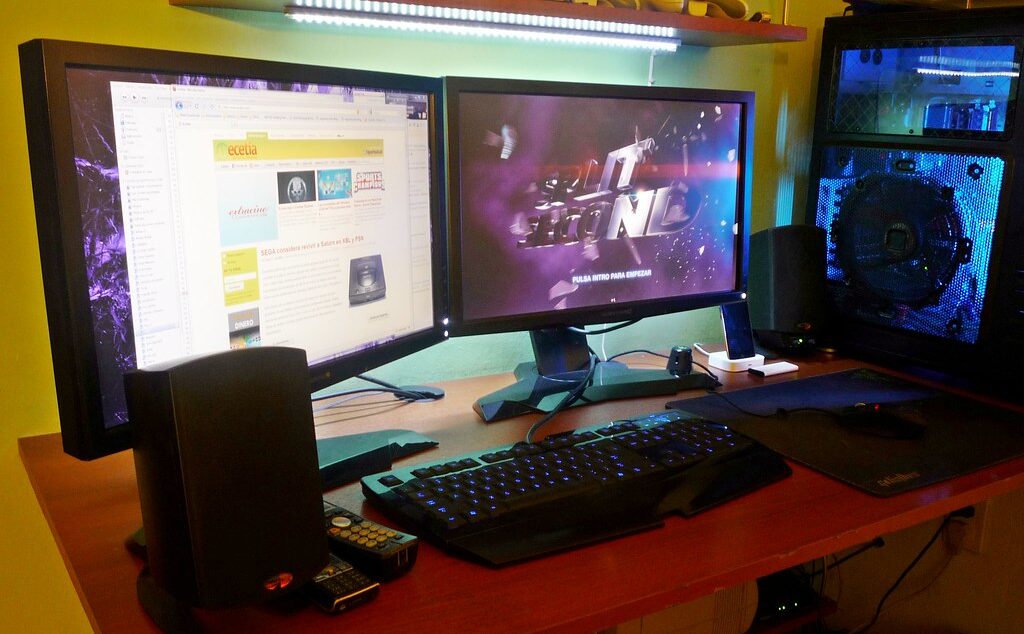In the brightly lit aisles of our local grocery stores, among the colorful packaging and numerous choices, there is a subtly profound symbol of middle-class financial independence. It’s not the brand of organic coffee we choose, nor the indulgence in that artisan chocolate bar on the top shelf; it’s the quiet confidence to pick these items off the shelf without first scouring the price tag or waiting for the sales flyer. This seemingly mundane act is a testament to a shifting paradigm in middle-class financial freedom, reflecting a deeper longing for a life where the necessities and little luxuries are within easy reach, unencumbered by the perpetual hunt for discounts.
Statistic Overview
As recent studies, including the ‘State of the Middle-Class Shopper’ survey by Bread Financial, reveal, there’s a growing dissatisfaction among middle-class consumers towards retailers. Despite a noticeable uptick in spending, with half of the surveyed consumers admitting to spending more than the previous year, there’s an overwhelming consensus (98%, to be exact) that retailers could do more to meet their needs. This dissatisfaction isn’t unfounded. It stems from a complex mix of increased spending habits and a desire for more meaningful engagements with retailers, beyond the cyclical lure of sales and promotions.
What Does It Remind Us?
This growing chasm between consumer expectations and retailer offerings is further complicated by the nuances of brand loyalty and generational divides in shopping preferences. Surprisingly, almost half of the respondents remain loyal to brands, suggesting that the middle-class shopper’s relationship with retailers isn’t solely transactional but is also emotional and habitual. However, this loyalty is under strain, as younger shoppers, particularly Millennials and Gen Z, express a distinct preference for digital engagement, echoing a broader trend towards online shopping experiences that are both seamless and socially engaging.
But it’s not just about going digital. The demand spans more personalized shopping experiences and flexible payment options, like Buy Now, Pay Later (BNPL) schemes, that resonate deeply with a demographic navigating the choppy waters of financial pressures and aspirations. Retailers, take heed: the path to winning over the hearts and wallets of the middle class lies in crafting shopping experiences that mirror their lifestyles, values, and financial journeys.
Moreover, the demand for more personalized shopping experiences and flexible payment options underscores a deeper yearning among middle-class consumers for a retail experience that aligns with their evolving financial and lifestyle goals. This is not merely about the convenience of online shopping or the thrill of snagging a deal; it’s about feeling seen and supported by the brands they choose to patronize, in a world where financial pressures and aspirations are constantly at play.

Nick Antonelli, Chief Marketing Officer at Bread Financial, encapsulates this sentiment, noting that middle-class shoppers ‘all share a desire for better service, better deals, and better loyalty programs.’ Antonelli’s observation isn’t just an astute business insight; it’s a call to action for retailers to rethink how they engage with a demographic that is, by all accounts, ready and willing to spend but is seeking a more value-driven and personalized shopping experience.
The implications of these findings are not just academic; they reflect a broader socio-economic shift in how middle-class consumers are navigating their financial freedom. The ability to buy things at the grocery store that aren’t on sale, without this decision causing undue financial strain, is emblematic of a larger desire for a life where financial choices, big and small, are not dictated by the tyranny of the price tag. This evolving mindset towards financial freedom is not about reckless spending or eschewing budgetary prudence; it’s about cultivating a life where financial decisions are made from a place of empowerment rather than limitation.
In essence, the middle-class dream of financial freedom is evolving from the traditional milestones of home ownership and retirement savings to include the more immediate, everyday freedoms that come from not having to compromise on the small pleasures and necessities of life. It’s a nuanced, highly personal journey towards financial well-being that celebrates the joy of choice, the security of savings, and the empowerment that comes from financial literacy and savvy consumerism. As we delve deeper into the nuances of this shift, it’s clear that the path to achieving this kind of financial freedom is as much about changing our relationship with money as it is about changing how we engage with the market and the brands within it.
Related posts:
Middle-class shoppers spend more, but retailers fall short
Phillipos Solomon on LinkedIn: Financial Peace & Financial Freedom are not always the same thing. Here…





